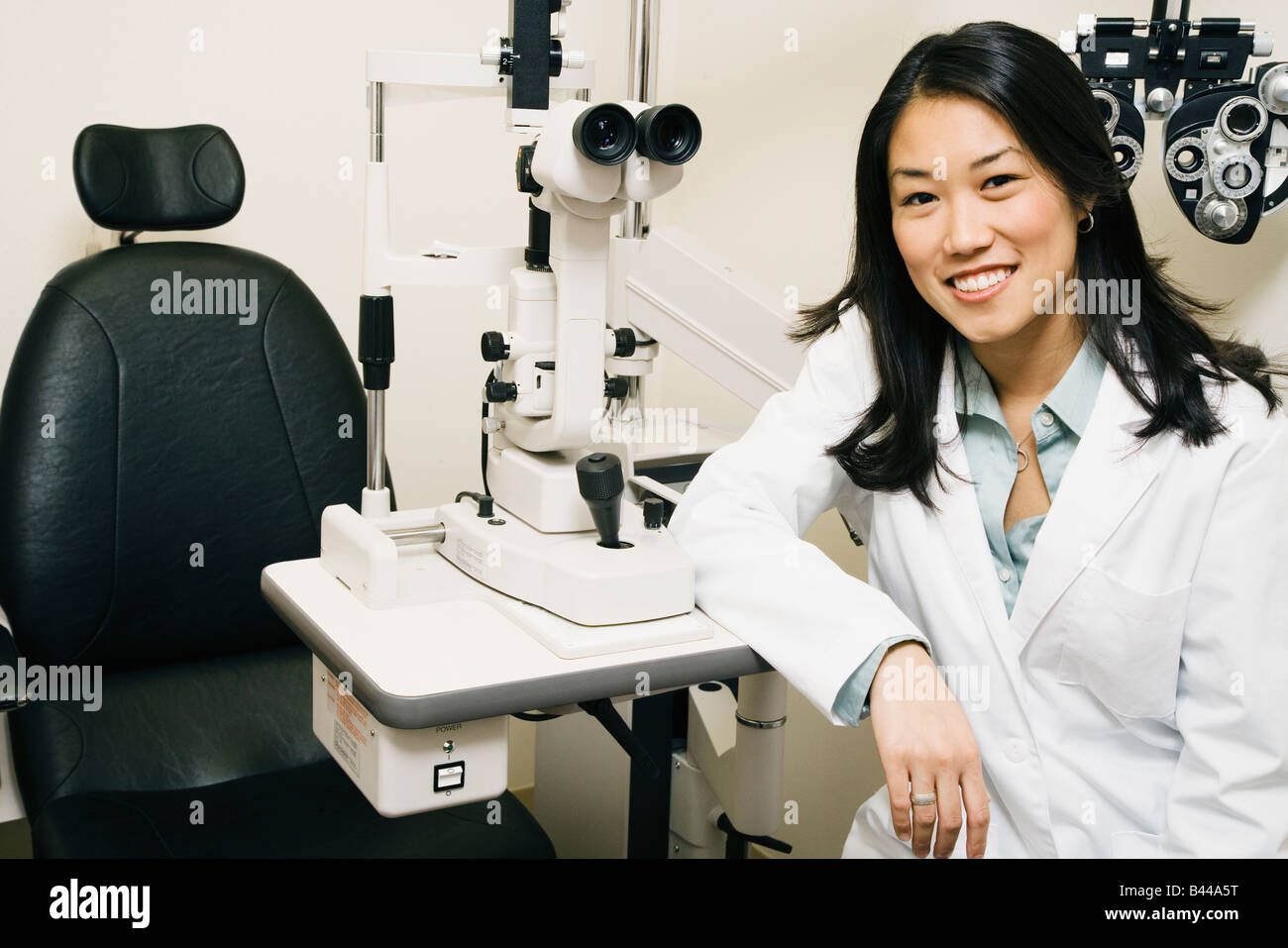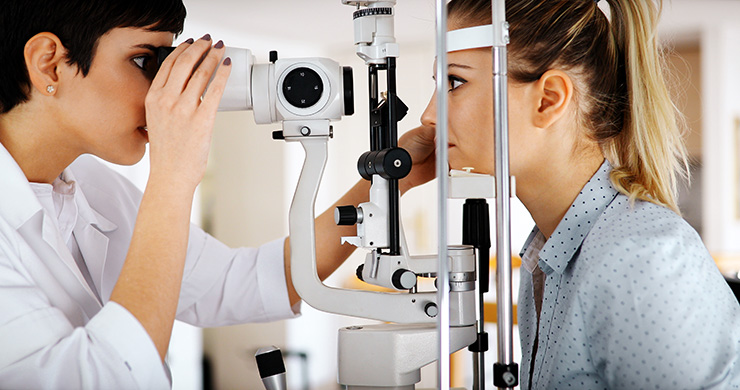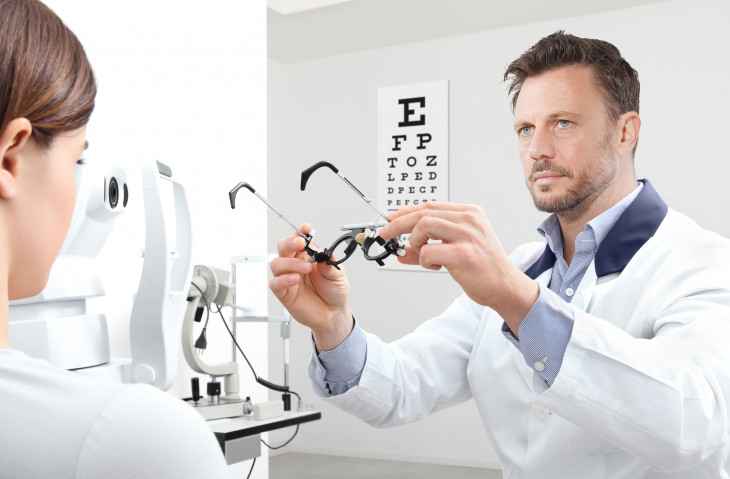Exactly How an Eye Doctor Can Change Your Vision Health in Chino
Exactly How an Eye Doctor Can Change Your Vision Health in Chino
Blog Article
Discovering the Most Current Technological Advancements in Optometry and What They Mean for Optometrists
In the ever-evolving area of optometry, recent technological improvements are improving just how professionals approach eye treatment. From the precision of Optical Comprehensibility Tomography to the nuanced insights used by AI-driven diagnostic tools, these advancements are setting brand-new standards in person evaluation and therapy. Teleoptometry is poised to redefine accessibility, making certain that proficiency goes beyond geographical restrictions. As these advancements permeate the technique, eye doctors are encountered with the challenge of welcoming these devices to improve client end results. Yet, the question stays: exactly how will these technological changes redefine the duties and duties within the occupation?
Developments in Diagnostic Tools
Progressing the field of optometry, technologies in analysis tools have actually revolutionized the means eye care experts evaluate and diagnose eye conditions and visual problems. The previous years has experienced substantial technical innovations, allowing even more extensive and exact analyses. Optical Coherence Tomography (OCT), as an example, offers high-resolution cross-sectional photos of the retina, permitting the very early detection of illness such as glaucoma and age-related macular degeneration. This non-invasive imaging technique has become indispensable in contemporary optometric technique.
An additional key development is the introduction of advanced corneal topography systems, which map the surface area curvature of the cornea with precision. These devices are particularly advantageous for fitting call lenses and diagnosing corneal problems. Furthermore, electronic retinal imaging has actually transformed standard ophthalmoscopy, supplying in-depth, scenic views of the retina that facilitate comprehensive visual evaluations.
The development of wavefront aberrometry has additionally been important, allowing the evaluation of refractive errors with unrivaled precision (Optometrist Chino). This modern technology aids in personalizing corrective lenses and boosting medical results for refractive surgeries. Collectively, these analysis advancements encourage optometrists to supply superior person treatment, making certain very early intervention and tailored treatment approaches, ultimately boosting visual wellness end results
AI in Individual Administration
Building on the foundation of cutting-edge analysis tools, the incorporation of fabricated intelligence (AI) in patient monitoring stands for a transformative leap for optometry. AI systems are increasingly utilized to boost performance, precision, and customization in patient treatment.
In addition, AI-driven platforms facilitate streamlined patient interactions and management procedures. Automated scheduling, digital consultations, and individualized follow-up plans not only enhance individual fulfillment however additionally optimize time monitoring for specialists. These systems can triage people based on the seriousness of their conditions, guaranteeing that those in vital need obtain punctual focus.
Moreover, AI enhances decision-making by offering optometrists with evidence-based referrals and therapy paths. By integrating information from digital wellness documents, AI devices use insights that notify clinical decisions, reducing the risk of errors and improving patient outcomes. As AI remains to evolve, its role in client administration will likely increase, reshaping the landscape of optometric treatment.
Developments in Retinal Imaging
In the world of optometry, retinal imaging has witnessed exceptional technical innovations that are boosting analysis capacities and person care. Developments such as Optical Coherence Tomography (OCT) and fundus photography have changed exactly how eye doctors assess the retina and imagine. OCT, particularly, offers high-resolution, cross-sectional photos of the retina, permitting for the thorough examination of its layers. This capacity is indispensable for very early discovery and monitoring of problems like glaucoma, diabetic retinopathy, and age-related macular deterioration.
Enhanced imaging techniques like OCT angiography are additional refining analysis accuracy. Eye Doctor. Such developments assist in the recognition of minute retinal changes that might symbolize condition progression.
Furthermore, innovations in man-made knowledge are increasing retinal imaging by allowing automated evaluation of big datasets. These systems assist optometrists in determining patterns a sign of pathology, thereby improving analysis precision and efficiency. Collectively, these technologies are changing retinal imaging right into a cornerstone of modern eye treatment, improving results and broadening therapeutic possibilities.
Teleoptometry's Growing Duty
Teleoptometry is progressively coming to be an important component of eye treatment, driven by improvements in data and diagnostic devices. As optometry accepts electronic change, teleoptometry promotes remote appointments, allowing optometrists to expand their services beyond conventional limits. This is particularly helpful in rural and underserved locations where access to specialized eye care is commonly restricted. By leveraging high-resolution video clip conferencing and advanced retinal imaging, eye doctors can carry out extensive eye tests from afar, guaranteeing prompt medical diagnosis and treatment.
The assimilation of synthetic intelligence (AI) further boosts teleoptometry, allowing the analysis of aesthetic information and assisting in the detection of eye conditions such as glaucoma and diabetic person retinopathy. AI-powered algorithms can quickly analyze complicated imaging data, offering optometrists with valuable insights that boost scientific decision-making.
Additionally, teleoptometry supports continuity of treatment with seamless assimilation with digital health and wellness documents (EHRs), permitting optometrists to keep extensive individual histories. This makes certain that people receive constant and personalized care also when seeking advice from different specialists.
In spite of these advantages, challenges stay, consisting of ensuring information safety and security and managing person expectations. However, teleoptometry stands for a considerable stride towards more information even more obtainable, effective, and patient-centered eye treatment. As technology evolves, its function is positioned to broaden additionally.

Future Fads in Eye Care
A myriad of ingenious patterns is readied to improve the future of eye care, driven by technological innovations and the progressing requirements of patients. One significant pattern is the integration of expert system (AI) in diagnostics, which promises to boost the precision and performance of eye examinations. AI algorithms can analyze substantial quantities of information from retinal photos, possibly discovering problems like diabetic person retinopathy and glaucoma earlier than traditional techniques.
Additionally, personalized medicine is obtaining grip in optometry, with hereditary testing informing tailored therapy plans. This approach visit this website intends to optimize person outcomes by tailoring treatments to private hereditary accounts. Wearable modern technology, such as clever call lenses, is also coming up, providing real-time tracking of intraocular pressure or sugar degrees, thus offering continuous understandings right into eye and systemic health.
The fostering of enhanced reality (AR) and online reality (VIRTUAL REALITY) in training and client education is another arising pattern. These innovations use immersive experiences that can improve understanding and skills both for optometrists and clients. As these fads advance, optometrists should stay abreast of technical innovations to provide innovative treatment, making certain improved individual results and complete satisfaction in the dynamic landscape of eye treatment.
Conclusion

Jointly, these diagnostic advancements equip optometrists to deliver exceptional individual treatment, guaranteeing very early treatment and tailored therapy methods, eventually boosting aesthetic health outcomes.

As these modern technologies continue to evolve, eye doctors need to adapt and include them right into technique, ultimately optimizing workflow performance and elevating the criterion of eye treatment provided to individuals.
Report this page